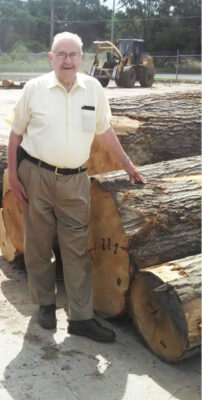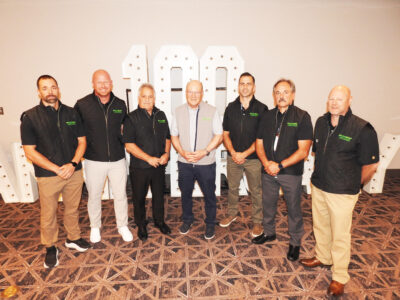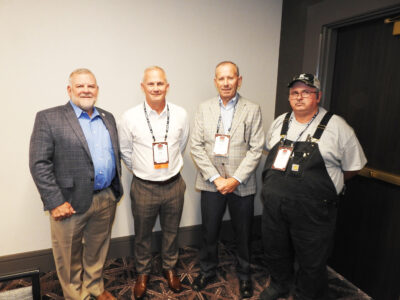Why Knot Take A Stance And Stick Together
The trade turmoil in the industry has been going on for a couple of months now, and I suspect it will continue for a couple more years. I’ve heard all kinds of feedback—from pro-USA to pro-Canada to neutral. As an association, the NHLA can’t make every member happy, especially when members compete in the same marketplace. But what we can do—and what we must do—is take a stand.
Remaining neutral in times like these isn’t a strategy—it’s silence. And silence makes us irrelevant, overlooked, and forgotten. We’ve already seen it happen. Over the past few months, we’ve had nearly a dozen media requests for input on trade issues. We tried to walk the line. As a result, the NHLA was quoted in only two of them. Meanwhile, other voices—less familiar with the nuances of the hardwood industry—were heard instead.
But who should be speaking for our industry if not the NHLA? Who do we want shaping the narrative about hardwood in North America?
Taking a stance doesn’t mean taking sides. We’re not pro-export or pro-import. We’re pro-North American hardwood species and their markets. When issues have both upsides and downsides, NHLA has the responsibility to talk about both—and help the public, policymakers, and media understand the full picture.
Hardwood is not softwood, in Canada or the U.S.—but many politicians and policymakers don’t know the difference. And if we don’t speak up, they won’t learn.
Now, I know some members may ask: what if NHLA supports a position that benefits another business, but not mine? Here’s the answer: a rising tide lifts all boats.
When we support the health of the broader hardwood market—whether through exports, structural applications, or thermal modification—we’re helping diversify demand. Every board sold into another channel is one less competing in yours. That balance keeps pricing more stable and creates more opportunity for all.
Our stance on trade is simple: we support strong domestic markets in the U.S. and Canada—for flooring, cabinets, millwork, moulding and furniture. But we also recognize that we rely on export markets, many of which moved overseas years ago. Until domestic demand can sustainably absorb more volume, we must keep those global markets open and active.
We’ve seen what happens when we don’t. During the last Trump administration, retaliatory tariffs wiped out key export markets. Prices collapsed. Business disappeared. And many of those markets haven’t returned.
I speak from personal experience. As a dual citizen of Canada and the U.S., I’ve seen firsthand the complex dynamics of softwood and hardwood trade from both sides of the border. Here’s the reality: the U.S. has a trade surplus with Canada when it comes to hardwood. Meanwhile, Canada supplies about 30 percent of the U.S. softwood market. These are important facts when advocating for smart, fair trade policies.
Yes, there will be times when someone across the border—or even down the road—beats you on price. That’s the nature of competition. But we’re all working with the same incredible resource: North American hardwood. And we all share the same mission: to sell more lumber, protect our environment through sustainable forestry and support the rural communities that depend on this industry.
So I’ll ask again: Why knot take a stance—and stick together?








